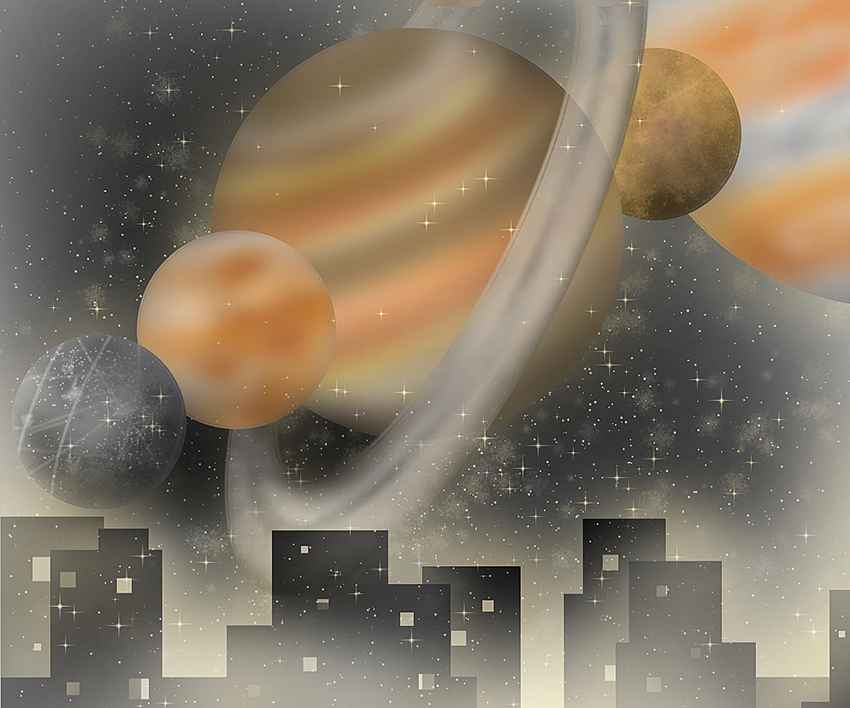A once-in-a-decade celestial show is marching across the sky every morning for a few weeks this winter. For those who don’t want to wake up before dawn, the spectacle will show up again later in the year.
This month, Mercury, Venus, Saturn, Mars and Jupiter will be visible in the early morning sky. Viewers can see them lined up diagonally in the east around 6 a.m., according to Lara Eakins, astronomy education and outreach coordinator.
On average, this type of alignment happens once every 10 years. The most recent line-up was in 2005, according to mathematics junior Victoria Dominguez.
“It’s not the rarest thing ever, but pretty rare,” she said.
The planets are all visible every 10 years because of the time it takes each planet to orbit the sun, according to Judit Ries, a research associate and lecturer in the department of astronomy.
“If you try to find the smallest common number which can be divided by all of these numbers, that will tell you how often they will line up,” Ries said. “If you could see the planets on the sky, then you would see that they are really always on this general big arc.”
The way the planets line up show astronomers how the solar system is arranged on a flat plane.
“What this basically tells us is that we can see these planets in a line because they’re going around that same path on the same level as the sun,” fifth-year astronomy student Alex Robles said. “That tells us a little about our own solar system and that the solar system’s in a disk.”
The view of this orbital plane also offers indirect proof that all of the planets revolve around the sun, according to Dominguez.
“Back in ancient times, something like this would have really thrown off the world view because it kind of verifies that we rotate around the sun instead of the sun rotating around us,” Dominguez said.
In addition to the scientific background, Dominguez is excited about the alignment because it’s interesting to watch.
“It’s a pretty neat thing to see,” Dominguez said. “It’s always cool to be able to look with your own two eyes and see this magnificent stuff lining up.”
Dominguez and Robles run some of the “star parties,” or public telescope viewings, hosted by the astronomy department. The alignment has been a popular topic at these events so far this semester.
“Everyone who has come in has asked to see it,” Dominguez said. “Everyone’s really interested in it.”
Unfortunately, since the public viewings at the observatory are only in the evening, people won’t get to see the planets line up this month at the star parties.
“They come out to the star party, and I have to be the bearer of bad news,” Robles said. “I unfortunately have to tell people that they can’t see it right then and there, and I have to show them other things.”
However, this fall, when the planets are visible again in the evenings, Dominguez and Robles said they expect a lot of people will want to see the spectacle.
“It’s not every day you get to see a whole bunch of planets, more than half of your solar system, in the night sky at once,” Robles said. “That’s something that’s definitely worth seeing.”
Events like the alignment make the general public interested in astronomy, according to Dominguez.
“I am really happy when stuff like this happens,” Dominguez said. “I like when people get excited about science, and that’s what this is.”





















